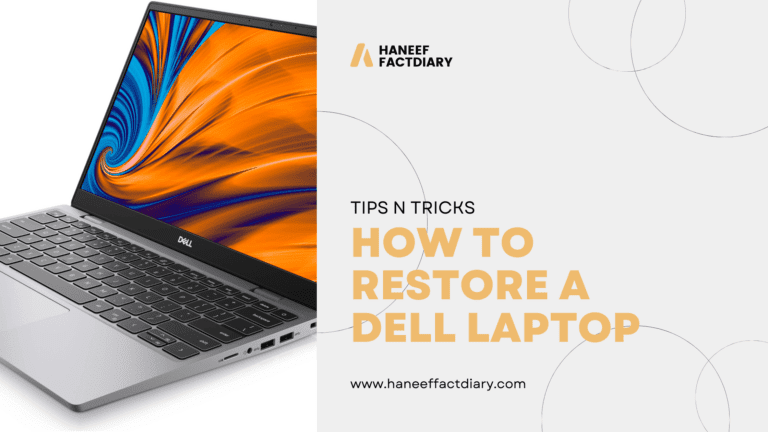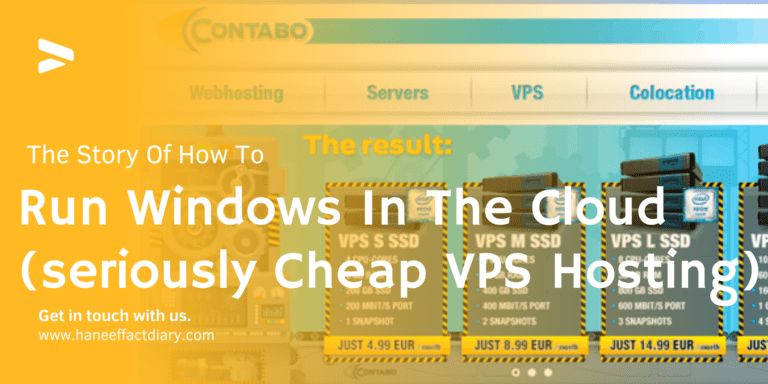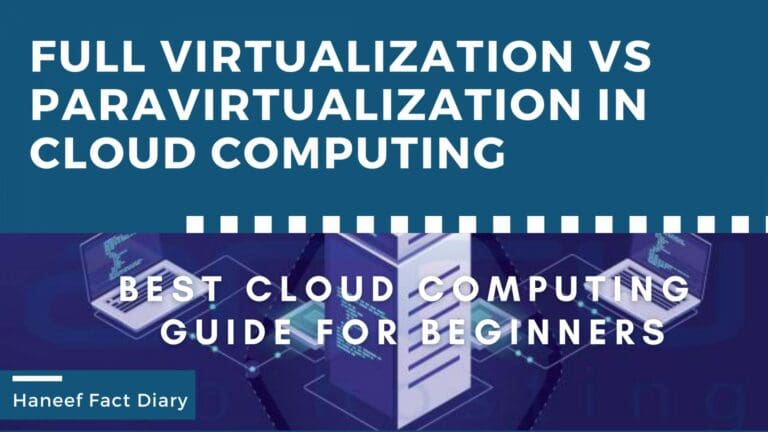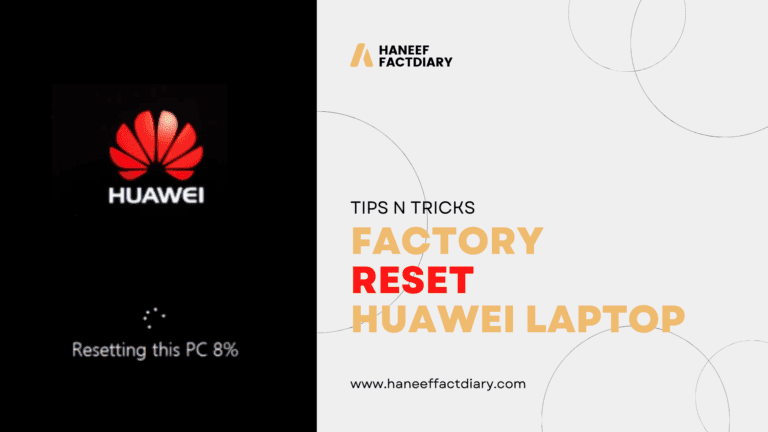What do you mean by full virtualization? in cloud computing
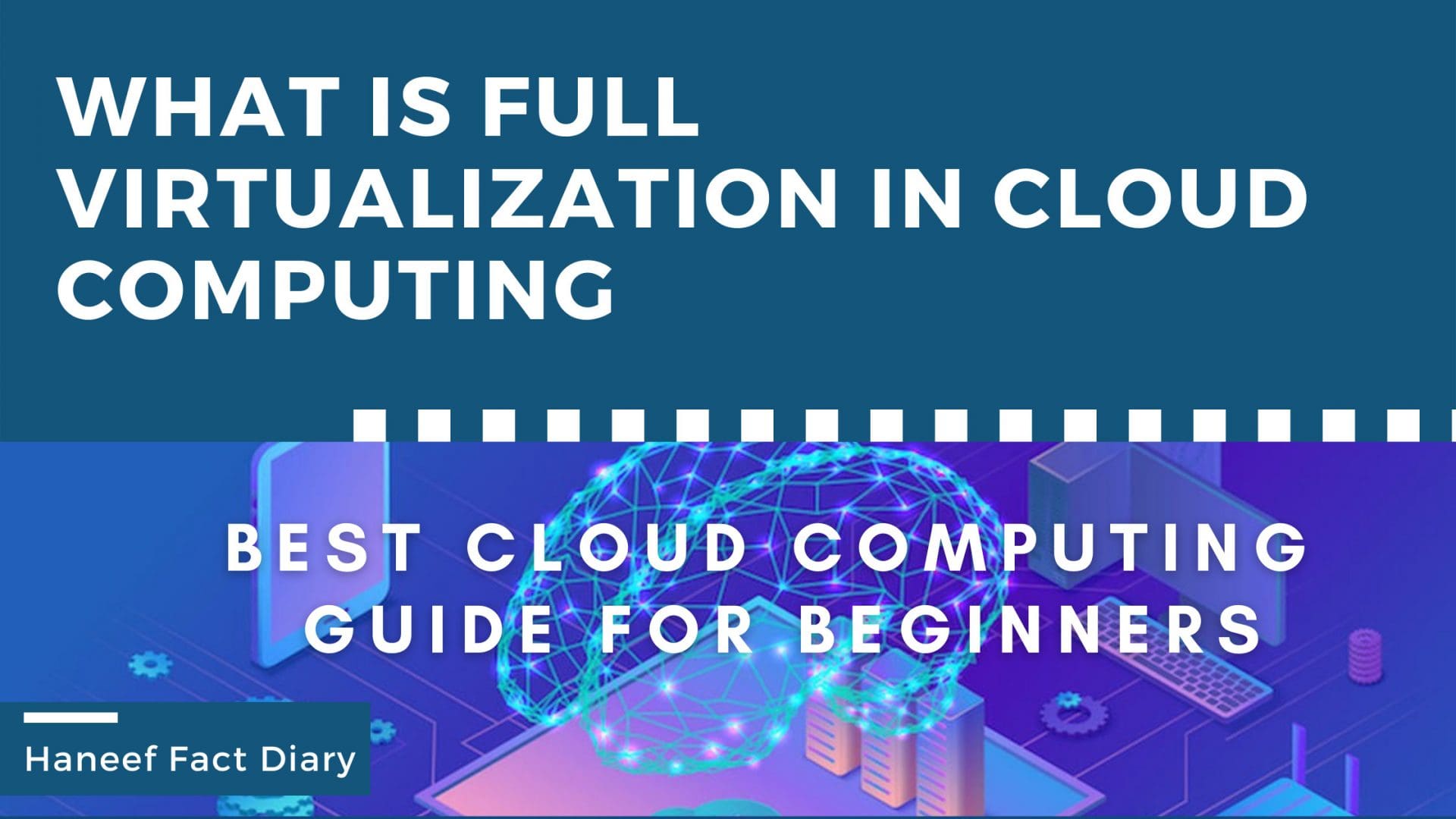
What is Full virtualization in cloud computing
What is full virtualization in cloud computing one ideal for this virtualization framework is what is called full virtualization and in full virtualization, the idea is to leave the operating system pretty much untouched so you can run the unchanged binary of the operating system on top of the hypervisor this is called full virtualization.
Because the operating system is completely untouched and nothing has been changed not even a single line of code is modified in these operating systems in order to run on the hypervisor simultaneously but we have to be a little bit clever to get this to work however operating systems running on top of the hypervisor are run as user-level processes they are not running at the same level of privilege.
As a Linux operating system that is running on bare metal but if the operating system code is unchanged it doesn’t know that it does not have the privilege for doing the certain things that it would do normally on bare-metal hardware in other words when the operating system executes the most some of privileged instructions.
This means they have to be in a privileged mode or kernel mode to run on bare metal in order to execute those instructions may have or will create a trap that goes into the hypervisor and the hypervisor will then emulate the intended functionality of the operating system and this is what is called the trap and emulate strategy.
Essentially each operating system thinks it is running on bare metal and therefore it does exactly what it would have done on a bare metal processor meaning that it will try to execute certain privileged instructions thinking it has the right privilege but it does not have the right privilege because it’s run as a user-level process on the top of the hypervisor.
And which therefore when they try to do something that requires a higher level of privilege than the user level it will make a result in a trap into the hypervisor and the hypervisor will then emulate the intended functionality of that particular operating system there are some of thorny issues with this trap and emulate the strategy of full virtualization.
And that is in some architectures some privileged instructions may fail silently what that means is you would think that the instruction actually succeeded but it did not and you may never know about it and in the order to get it on this problem in fully virtualized systems the hypervisor will resort to a binary translation strategy meaning it knows what and when are the things that might fail silently in the architecture look for those gotchas in each of these individual binaries of the unmodified guest operating systems and through binary editing strategy.
Also Read:
5 blogging best practices – How to be Successful in Blogging
How To Start A Blog In 2022 – Effective blogging 101 WordPress Tips
TRAVEL HEALTH INSURANCE: Proven Ways You Need to plan for Your Next Trip 2022
How to Choose the Right Schengen Visa Travel and Medical Insurance 2022
Proven Ways How to Calculate Premium for Health Insurance USA 2022
They will ensure that those instructions are dealt with carefully so that if those instructions fail silently the hypervisor which can catch it and take the appropriate action and this was a problem in early instances of Intel architecture both Intel and AMD have from or since started adding virtualization support to the hardware.
So that such problems don’t exist anymore but in the early going when virtualization technology was first experimented with in the late 90s and the early 2000s this was a problem that virtualization technology had to overcome in order to make sure that you can run operating systems as unchanged binaries on a fully virtualized hypervisor full virtualization is the technology that is employed in the VMware system.
Virtualization in cloud computing Explained
virtualization as you know virtualization is a fairly old technology but it’s still super relevant to building our cloud computing strategy today so first off what is virtualization simply put virtualization is the process of creating a software-based or virtual version of something whether that computes storage networking servers or applications and what makes virtualization feasible is something called the hypervisor.
so we’re gonna write that here and what a hypervisor is is it simply a piece of software that runs above the physical server or host and there are a couple of different types of hypervisors out there and what they do is essentially pull the resources from the physical server and allocate them to your virtual environments there are two main types of hypervisors out there.
one being type 1 very simple to remember and 2 you guessed it type 2 so let’s start with type 1 a type 1 hypervisor is a hypervisor that is installed directly on top of the physical server they’re also called bare-metal hypervisor so we’ll write that up here just so you can remember these are the most frequently typed of views hypervisors and their most secure they lower the latency and these are the ones that you’ll see in.
The market the most some examples would be VMware ESXi or Microsoft hyper-v or even open-source KVM the other type of hypervisor is a type 2 hypervisor over here and what makes these different is that there is a layer of host OS that sits between the physical server and the hypervisor.
What is Virtualization in Cloud?
So by that nature they are also killed hosted these are a lot less frequent they’re mostly used for end-user virtualization and you might see some in the market that are called like Oracle VirtualBox or VMware Workstation again there are a lot less frequent there a bit more they have a higher latency than a type 1 hypervisor.
So once you have your hypervisor installed you can build virtual environments or virtual machines or simply put VMs so let’s spin up some environments so what makes a VM is simply a software-based computer there run like a physical computer they have an operating system and applications and they’re completely independent of one another.
But you can run multiple of them on a hypervisor and the hypervisor manages the resources that are allocated to these virtual environments from the physical server so because they’re independent you can run different operating systems on different virtual machines so you could run Windows here or Linux here or UNIX here for example and because they’re independent they’re also extremely portable.
Why you should know about virtualization?
You can move a virtual machine from one hypervisor to another hypervisor on a completely different machine almost as instantaneously which gives you a lot of flexibility and a lot of portability within your environment so looking at all of this is the core virtualization as a process so let’s talk about a couple of key benefits that you want to take away from this one cost savings.
when you think about this and the fact that you can run multiple virtual environments from one piece of infrastructure means that you can drastically reduce your physical infrastructure footprint this is consolidation at its core and the fact that you don’t have to maintain nearly as many servers run as much electricity save a maintenance cost means that you save on your bottom line at the end of the day.
number two would be agility and speed so like I said spinning up a virtual machine is relatively easy and quick a lot more simple than provisioning an entirely new environment for your developers if you if they say they want to spin up a new environment so that they can run a depth test scenario.
whatever it might be virtualization makes that process a lot simpler and quicker and three lowers your downtime so let’s say that this host goes out unexpectedly the fact that you can move virtual machines from one hypervisor to another on a different physical server means that you have a great backup plan in place right.
so if this host goes down you can simply move your VMs very quickly to another hypervisor on a machine that is working so this is really a virtualization today and like I said at the beginning virtualization is a technology that’s a few decades old at this point but it’s still supercritical to understand for your cloud computing strategy


